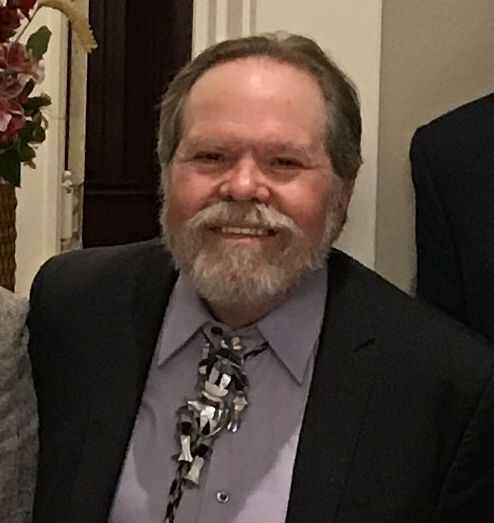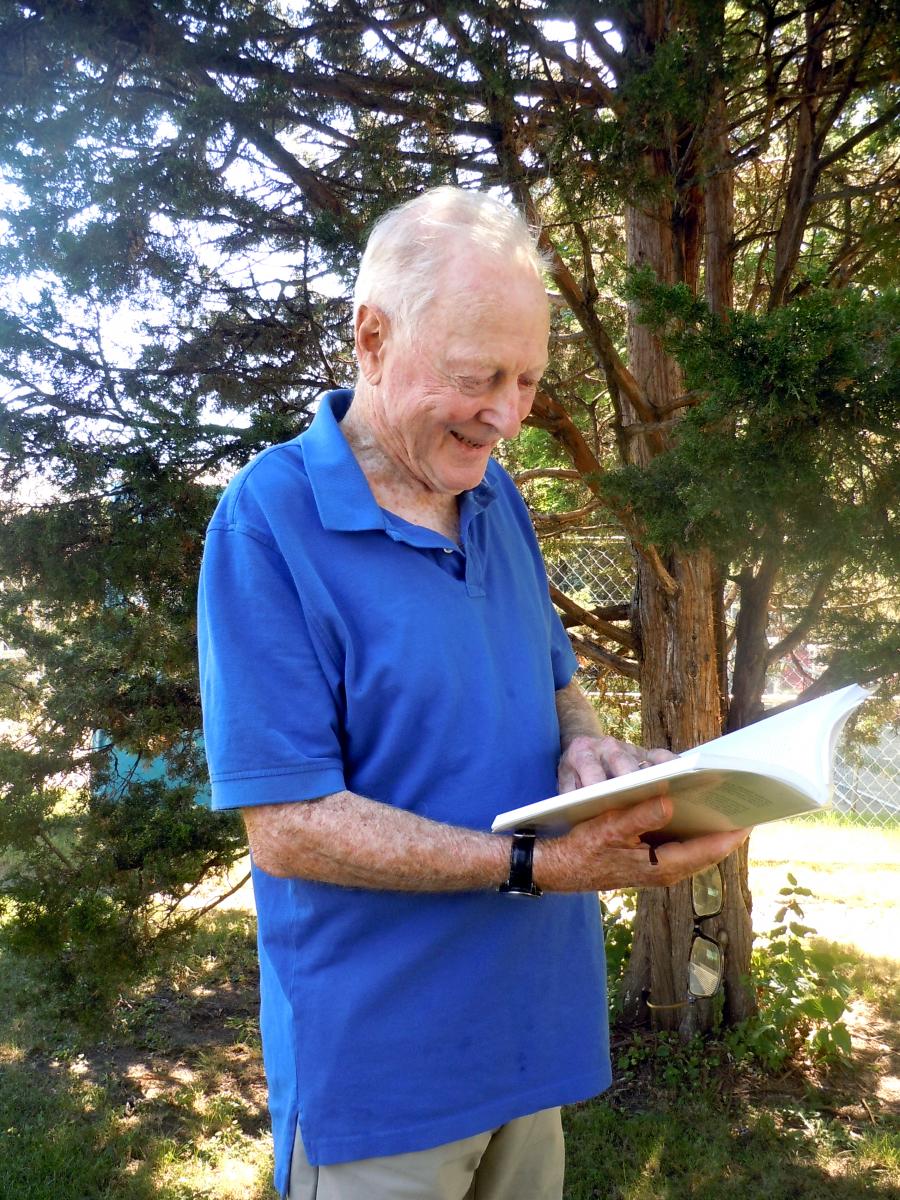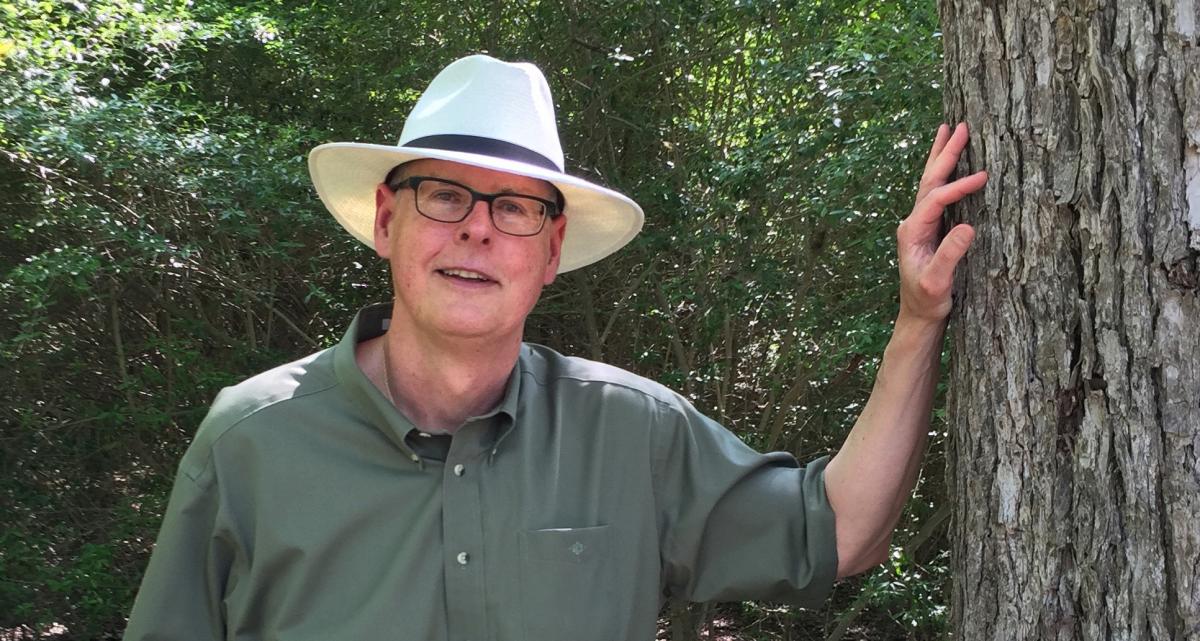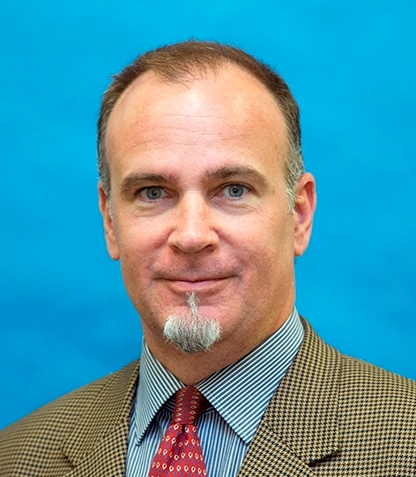2018 Virginia Garrett Lectures
Welcome to the Eleventh Biennial Virginia Garrett Lectures on the History of Cartography. This year's theme is Paths to Highways: Routes of Exploration, Settlement and Commerce. UTA Libraries Special Collection is proud to announce our amazing guest speakers this year and a brief summary of their presentation topics.
Will Bagley

Presentation Summary: "One Great National Highway Across the Continent: Maps and the Overland Road - 1821-1912"
From the publication in Paris in 1821 of Robert Stuart’s “Carte de la Partie Occidental des États-Unis,” a map of his 1812 transcontinental trek and discovery of what would become the Oregon Trail, to the passage of the last wagon train bound for Oregon via the Lander Cutoff in 1912, maps played an essential role in the transformation of the American West. Today these ancient Indian trails define the key routes of the Interstate Highway System.
Speaker Biography
As an independent historian, Will Bagley has written and edited 25 books on overland emigration, railroads, mining, the invention of LexisNexis (the world’s first dynamic search engine) and violence in the American West. He has won Best Books awards from the Western History Association, the Denver Public Library, Westerners International, and the Western Writers of America. In 1997, Bagley became the series editor for Kingdom in the West: The Mormons and the American Frontier. Journal of the West called the award-winning series “one of the happiest events in recent Western publishing.” He is working on the last of its sixteen volumes, The Whites Want Every Thing: Native Voices from the Mormon West. He has completed two of the three or four volumes of “Overland West: The Story of the Oregon-California Trails, 1812–1912.” The first, So Rugged and Mountainous, was The Atlantic’s Editor’s Choice in September 2011, which said, “such careful archival research yields vivid storytelling, and Bagley’s account is fascinating in its details.”
The Salt Lake Tribune featured more than 220 of his columns and articles from 2000 to 2004. In 2009, he was a Wallace Stegner Centennial Fellow at the University of Utah and the Archibald Hannah Jr. Fellow in American History at Yale University’s Beinecke Library. He was chosen as a fellow of the Utah State Historical Society in 2014.
Wesley Brown

Presentation Summary: "Taken From Texas: How The 1859 Gold Rush Put Colorado On The Map"
In the spring of 1858, Colorado's Front Range area was uncharted and inhabited only by natives. But by the close of 1859, 100,000 fortune seekers had thoroughly explored the Front Range, north of Pueblo to the Wyoming border. In their quest for gold, they left their footprints on the landscape, establishing dozens of settlements and blazing numerous trails. This presentation will teach you about Colorado's gold rush and how this important chapter of history influenced Colorado maps of today.
Speaker Biography
Wesley Brown has been a collector, student, and author of old maps for forty years. He confines his map collecting to two areas (1) the earliest world maps up to the year 1540 and (2) the exploration and settlement of Colorado from the 16th through 20th centuries. A Denver resident, he co-founded the Rocky Mountain Map Society in 1991 and served as its President for its first seven years. He has served as the Co-Chairman of the Philip Lee Phillips Society (the national map and geography society of the Library of Congress). Wes has long been associated with the Denver Public Library, as one of its mayoral-appointed Commissioners where he served as President and where he is still involved assisting with acquisitions for the DPL’s important western collections. He has published many papers on maps. Wes fell in love with maps at age 16 using U.S. Geological Survey maps for climbing mountains. He has climbed over 400 different named peaks in Colorado and currently is a Field Active member of Alpine Rescue Team where he continues to use maps for navigation.
David Buisseret

Presentation Summary: "Mapping Indigenous Trails Around Chicago"
Dr. Buisseret will trace all the Indian trails marked on the earliest European maps of the fifty Chicago townships, and then relate them both to the topography/hydrography and to subsequent European settlement. He will also relate these trails to marker trees (a very few of which survive) and to the lob trees which marked watery routes.
Speaker Biography
David Buisseret is a leading scholar of French history, West Indian history, the history of cartography, and geographical exploration and discovery. He is the author, co-author, or editor of more than thirty books, over sixty articles, book chapters, and pamphlets, and numerous reviews that have appeared in major journals such as The American Historical Review, The English Historical Review, Journal of Modern History, Imago Mundi, La Revue Historique, and Terrae Incognitae. Buisseret earned his Ph.D. degree at Cambridge University in 1961 with a dissertation titled “Sully and the Development of a National Administration of France, 1598-1610.” He taught at the University of the West Indies (Mona Campus) from 1964 until 1980; from 1980 to 1995, he was Director of the Hermon Dunlap Smith Center for the History of Cartography at the Newberry Library in Chicago; and from 1995 until his retirement in 2006 he held the first Jenkins and Virginia Garrett Professorship in Southwestern Studies and the History of Cartography at the University of Texas at Arlington.
Glen Ely

Presentation Summary: "Overland Routes Through Western Texas, 1850-1890 & The Role Of Maps In Promoting Exploration And Exploitation Of Natural Resources"
The establishment of overland routes and railroads through western Texas during 1850-1890 opened up the area to exploration, settlement, and exploitation of the area’s arid and fragile ecosystem. Period maps played a pivotal role in this process by identifying choice natural resources suitable for commercial exploitation, including water, minerals, and grasslands. Widespread distribution of these maps promoted and facilitated this exploitation by informing the general public about West Texas’s potential environmental assets. The overland roads and railroads shown on these maps enabled commercial development by facilitating travel, settlement, and economic opportunities throughout the region.
The resultant commercial activity devastated West Texas’s ecosystem. Ely’s firsthand tour of these overland routes shows that from 1850 to 1950, stewardship and conservation of West Texas’s natural resources has been abysmal or nonexistent. Many of the natural and historic sites depicted on period maps have been irrevocably damaged or destroyed. Once-flowing springs and streams are now dry and vast sections of prime grasslands have been transformed into desert. Ely examines the legacy of this widespread exploitation and offers poignant insights that current and future generations can take from this environmental tragedy.
Speaker Biography
Dr. Glen Sample Ely is a documentary producer and Texas historian. His documentaries, which ran on PBS and the History Channel, received The Award of Excellence in Preserving History from the Texas Historical Commission, Gold and Silver Wilder Awards from the Texas Association of Museums, and The Presidio La Bahia Award from the Sons of the Republic of Texas. His most recent book, The Texas Frontier and the Butterfield Overland Mail, published by University of Oklahoma Press, won twelve awards. In 2018, Ely was inducted as a Fellow in the Texas State Historical Society.
Jason Wiese

Presentation Summary: "Chemins des Voyageurs: Pathways And Stories From Three Early Maps Of Louisiana"
The theme to this year's Garrett Lectures immediately called to mind two early eighteenth century French maps held by The Historic New Orleans Collection that have long been personal favorites: Guillaume de L'Isle's seminal 1718 "Carte de la Louisiane et du Cours de Mississipi" and Nicolas de Fer's lavishly illustrated "Le Cours du Mississipi ou de St. Louis," produced the same year for the Company of the Indies. Both of these maps, aside from being beautiful and information-dense artifacts of the early French colonization of parts of North America, happen to be crisscrossed by depictions of overland roads or pathways, often labeled with names of early explorers of the region. These two maps were joined by a third example that THNOC acquired in 2017: a small English map of the same region produced by Herman Moll in 1728 or 1729, titled "Florida Called by Ye French Louisiana," and originally included as a plate in Moll's Atlas Minor. Though its information almost certainly was derived in part from the earlier work of De L'Isle, Moll added some touches of his own that seem worthy of comment.
Most early European maps of North America depict, with varying degrees of accuracy, the complex networks of waterways used by indigenous people and newly arrived Europeans to get around, conduct trade, etc., but one sees fewer examples showing overland roads or pathways. The makers of these three maps gave attention and thought to the exploratory routes of Hernando de Soto, René Robert Cavelier, sieur de La Salle, Louis Juchereau de St. Denis, and Henri de Tonti, among others. I'll briefly recount some of their adventures (and misadventures) while showing the relevant map details and other related images from the holdings of THNOC. I'll comment on the information sources used by the three cartographers as they worked in Paris and London, far from the region they were depicting. In doing so, I will no doubt draw upon the work of scholars such as Robert S. Weddle, Dennis P. Reinhartz, William P. Cumming, and others. By the end, it is hoped that the audience will have a new appreciation for the three highlighted maps and the stories they preserve.
Speaker Biography
Jason Wiese is a curator at The Historic New Orleans Collection and associate director of the Williams Research Center, and previously served as Collections Manager at Tulane University's Latin American Library. His subject specialties include the cartohistory of Louisiana, as well as the maritime, military, and diplomatic history of the Gulf South. He served as lead editor for an historical atlas titled Charting Louisiana: Five Hundred Years of Maps (2003). Mr. Wiese has curated several exhibitions, including "The Terrible & the Brave: the Battles for New Orleans, 1814-15," "Tierras Realengas: Land Grants in Spanish Colonial Louisiana" and, most recently, "Andrew Jackson: Hero of New Orleans."